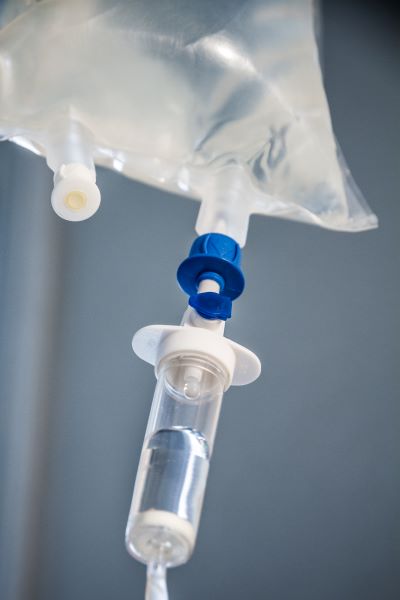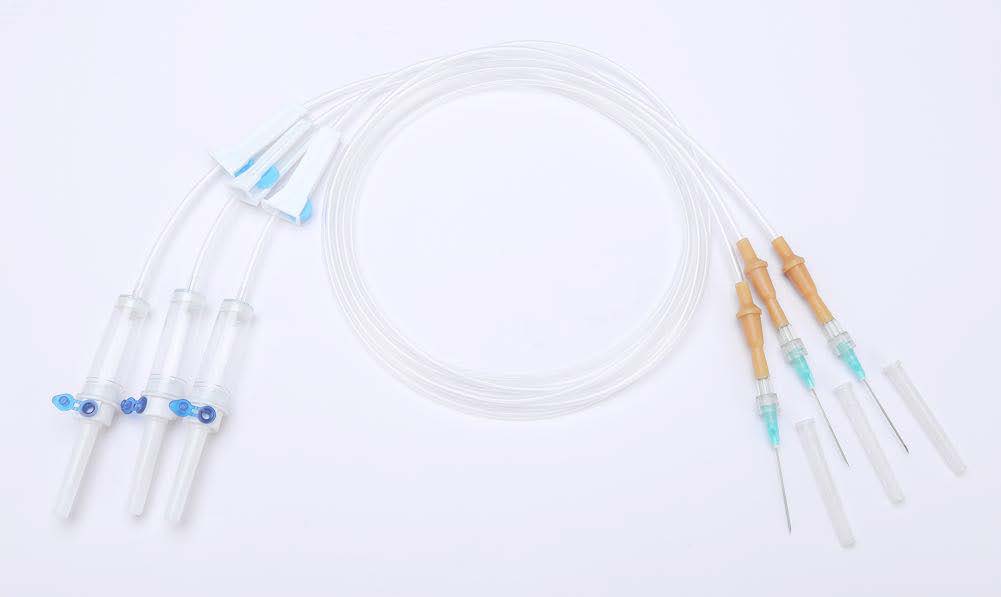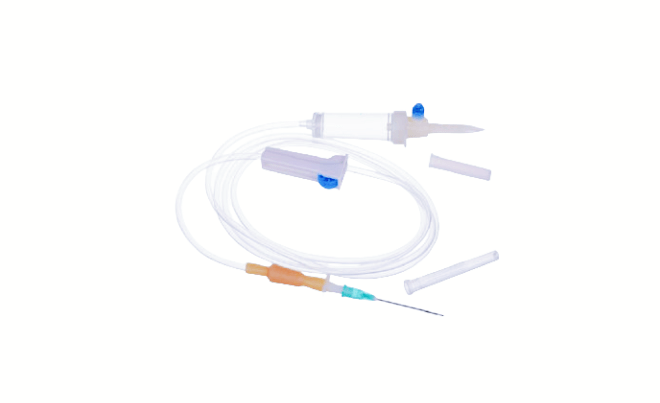Introduction:
Intravenous (IV) therapy plays a vital role in delivering fluids, medications, and blood products to patients in various healthcare settings. Central to the success of IV therapy is the selection of the appropriate infusion set. With a multitude of options available, understanding the different types of IV infusion sets and their unique characteristics is essential for healthcare providers to ensure optimal patient care. In this comprehensive guide, we will delve into the diverse array of IV infusion sets, exploring their respective features, applications, and considerations for selection.
1. Standard IV Infusion Set:
– The standard IV infusion set serves as the foundation for IV therapy, comprising essential components such as a spike for piercing the IV bag, tubing for fluid flow, a drip chamber for regulation, and an injection port for medication administration.
– Ideal for routine fluid administration, the standard set offers simplicity and versatility, making it suitable for a wide range of clinical scenarios.
2. Microdrip IV Infusion Set:
– Designed to deliver a smaller amount of fluid per drop compared to the standard set, the microdrip infusion set is particularly useful in scenarios requiring precise medication administration, such as in pediatric or critically ill patients.
– Its ability to provide accurate flow rates makes it indispensable for situations where dosage precision is paramount.
3. Macro-drip IV Infusion Set:
– In contrast to the microdrip set, the macro-drip infusion set delivers a larger volume of fluid per drop, making it suitable for routine fluid resuscitation or maintenance therapy in adult patients.
– With its faster flow rate, the macro-drip set ensures efficient fluid delivery while minimizing the risk of fluid overload.
4. Extension IV Infusion Set:
– Extension sets are utilized to extend the length of tubing between the IV bag and the patient, providing flexibility and convenience in patient positioning and movement.
– Particularly useful in scenarios where the IV bag cannot be placed in close proximity to the patient, extension sets facilitate comfortable and safe administration of IV therapy.
5. Blood Transfusion Set:
– Specifically designed for the administration of blood and blood products, the blood transfusion set features specialized components such as a filter to remove clots or debris, ensuring the safe and efficient delivery of transfused fluids.
– With stringent requirements for compatibility and safety, blood transfusion sets play a critical role in transfusion medicine.
6. Pump IV Infusion Set:
– Compatible with infusion pumps, pump infusion sets enable automated and controlled delivery of fluids or medications at precise rates, offering enhanced accuracy and reliability in IV therapy.
– Widely used in intensive care units, operating rooms, and ambulatory settings, pump infusion sets optimize the management of complex medication regimens.
7. Gravity IV Infusion Set:
– Gravity infusion sets rely on gravity to deliver fluids from the IV bag to the patient, with the flow rate controlled by adjusting the height of the IV bag relative to the patient.
– Simple yet effective, gravity infusion sets are cost-efficient and easy to use, making them suitable for a wide range of clinical settings.
8. Non-DEHP IV Infusion Set:
– Non-di(2-ethylhexyl) phthalate (DEHP) infusion sets are manufactured without DEHP, a plasticizer that may pose risks for certain patients, such as neonates or individuals with specific medical conditions.
– By minimizing exposure to potentially harmful substances, non-DEHP infusion sets prioritize patient safety and minimize adverse effects associated with plasticizer exposure.
9. Pre-filled IV Infusion Set:
– Pre-filled infusion sets come pre-filled with saline or other compatible fluids, streamlining the setup process and reducing the risk of contamination during preparation.
– Particularly advantageous in emergency situations or high-volume settings, pre-filled infusion sets save valuable time and resources while ensuring the integrity of the infused fluids.
10. Needleless IV Infusion Set:
– Needleless infusion sets utilize connectors or ports that do not require needles for access, reducing the risk of needlestick injuries and promoting safety for healthcare providers and patients alike.
– With a focus on infection control and patient comfort, needleless infusion sets offer a safer and more convenient alternative to traditional needle-based systems.
Conclusion:
The diverse types of IV infusion sets cater to a wide range of clinical needs and patient populations, providing healthcare providers with the flexibility and versatility to deliver safe and effective IV therapy. By understanding the unique features and applications of each type of infusion set, healthcare professionals can make informed decisions to optimize patient care while prioritizing safety and efficiency in IV therapy administration. Whether it’s selecting the appropriate set for routine fluid administration, precise medication delivery, or specialized transfusion procedures, the comprehensive guide outlined above serves as a valuable resource for navigating the complexities of IV infusion set selection in clinical practice.


